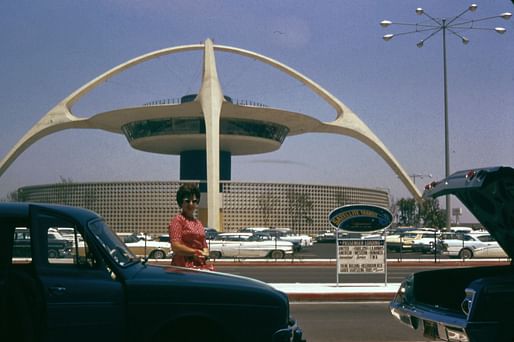

The Getty Foundation together with the National Trust for Historic Preservation’s African American Cultural Heritage Action Fund has announced the commitment of $3.1 million in the form of institutional grants to individuals and organizations that are working to preserve the legacy of historic modern architecture designed by Black architects nationwide.
Under the title Conserving Black Modernism, the two-year grant program, part of a larger $80 million effort overseen by the Action Fund, will support the documentation of 16 overlooked sites across the country while providing useful preservation training and storytelling resources to their future stewards.
The Getty says they are remiss at not including any works by one of America’s many underappreciated Black designers in its otherwise successful Keeping It Modern initiative and will look to address this absence with a new program that helps enshrine their contributions to what became the most defining architectural movement of the 20th century.
“We’ve heard the increasing calls in recent years to rethink and expand the story of modern architecture in the United States and do a better job of recognizing Black architects and designers,” Getty Foundation Director Joan Weinstein said at the announcement. “Conserving Black Modernism offers a strategic opportunity to meet this moment in partnership with the National Trust and build on nearly five years of success with their existing Action Fund.”
The new program addresses the existing challenges of preserving such sites without long-term funding. The initiative couples with the Getty Conservation Institute’s new Los Angeles African American Historic Places Project and the Getty Research Institute’s recent joint acquisition (along with the USC School of Architecture) of the nearly-lost archive of Paul Revere Williams to present a reworked institution focus that is responsive to stakeholders and the general public.
“These grants provide support for emerging study and advocacy to preserve the undervalued works of Black architects across this nation who worked within and beyond the aesthetic and economic constraints of their time,” USC professor Milton Curry said, adding that “the complex story of Modernism cannot be fully revealed without new research on its impacts in and on the Black communities that it has touched.”
“Black modernism has always been out there. It’s like Lonnie Bunch is fond of saying: Oftentimes Black history is hiding in plain sight — there’s a way in, but it just isn’t legible,” Columbia GSAPP professor Mabel O. Wilson concluded. “It’s just who was writing the histories, who was defining modernism that determined who was included or excluded. This program will go a long way to expand our thinking around modernism and shed light on Black architects — like Robert Taylor, Amaza Lee Meredith, Vertner Tandy — whose work shaped modern architecture in the United States but have largely been left out of the history books.”
No Comments
Block this user
Are you sure you want to block this user and hide all related comments throughout the site?
Archinect
This is your first comment on Archinect. Your comment will be visible once approved.